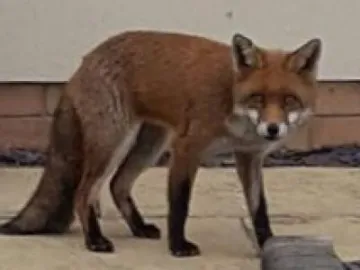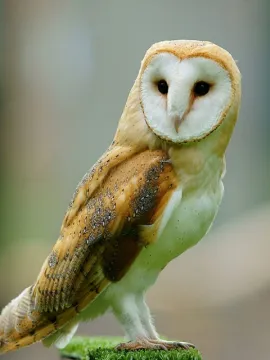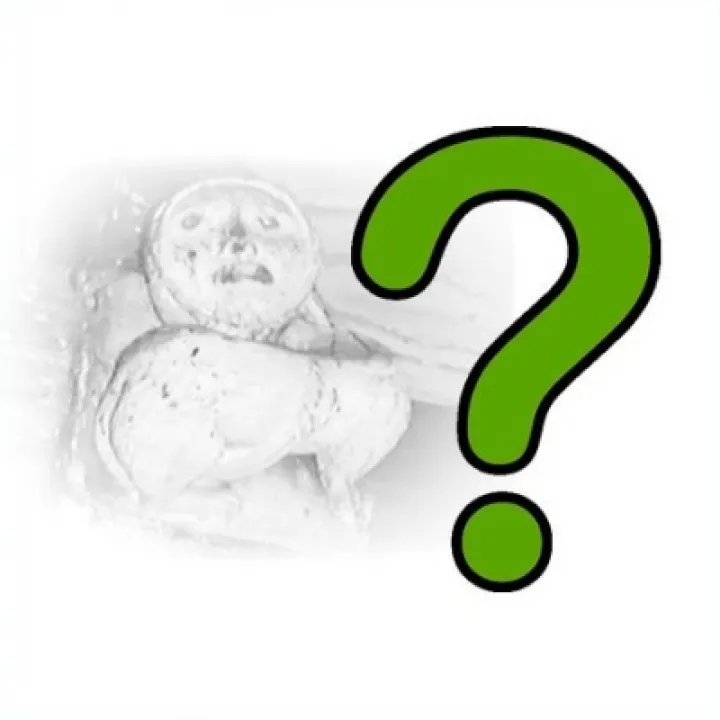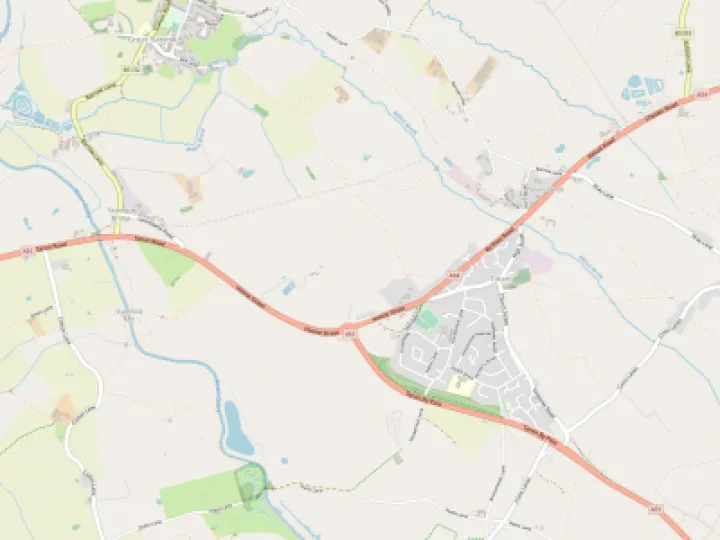Things that go bump (or screech) in the night.
We send New Year greetings from everyone at Tarvin Community Woodland Trust, together with very best wishes for 2021. It is tempting to say that 2021 is unlikely to be as bad as 2020, but that, I feel, would be tempting fate! However 2021 plays out, you can rest assured that Tarvin Woodland will be there to enable you to take a country walk within the boundaries of the village and – like the Windmill Theatre – we never close!
The fact that the woodland is permanently accessible has given rise to two comments that have been passed to Village Tree Warden (and our Vice-Chairman) Pete Maiden, concerning strange noises that have been heard within the woodland in the small hours of the morning.
The first of these have been unearthly and blood-curdling sounds coming from somewhere amongst the trees. Fortunately the hearer did not telephone the Police because, while people should not be using the woodland at such times, we do know that our local foxes do and these spine-chilling screams are the love calls of female foxes (called vixens). Our red fox (Vulpes vulpes) is currently the only wild member of the dog family in Great Britain and is quite ubiquitous: being found almost everywhere with the exception of the Channel Islands, the Isles of Scilly, the Scottish islands and the Isle of Man. They are not fussy eaters and will happily munch on small mammals, birds, frogs, worms as well as berries and fruit! Some foxes have now moved to live in towns and cities and they, like other dogs, may even scavenge in bins to look for scraps. The move into urban areas means that foxes are seen more frequently and it is perhaps unsurprising that more of us are now hearing their mating calls in the dead of night – usually in late December or January, while we are tucked snugly in bed. A dog fox, the male, makes a raucous triple bark and it is the vixens (the females) which make the loud wailing screams. Vixens are at their most receptive to fertilisation for as little as three days in midwinter, so any potential mate needs to shadow his intended partner closely to deter rivals and to ensure his paternity of the spring cubs. After mating, a litter of four to five cubs is born about late March, and the cubs remain exclusively inside the den for about six to eight weeks. Dens become abandoned by June or July, when the cubs will begin to learn how to forage for food. By September, the cubs will be just about fully grown, and in late October the cubs leave the family, to set up their own territory, often nearby.
Our red fox (Vulpes vulpes) is currently the only wild member of the dog family in Great Britain and is quite ubiquitous: being found almost everywhere with the exception of the Channel Islands, the Isles of Scilly, the Scottish islands and the Isle of Man. They are not fussy eaters and will happily munch on small mammals, birds, frogs, worms as well as berries and fruit! Some foxes have now moved to live in towns and cities and they, like other dogs, may even scavenge in bins to look for scraps. The move into urban areas means that foxes are seen more frequently and it is perhaps unsurprising that more of us are now hearing their mating calls in the dead of night – usually in late December or January, while we are tucked snugly in bed. A dog fox, the male, makes a raucous triple bark and it is the vixens (the females) which make the loud wailing screams. Vixens are at their most receptive to fertilisation for as little as three days in midwinter, so any potential mate needs to shadow his intended partner closely to deter rivals and to ensure his paternity of the spring cubs. After mating, a litter of four to five cubs is born about late March, and the cubs remain exclusively inside the den for about six to eight weeks. Dens become abandoned by June or July, when the cubs will begin to learn how to forage for food. By September, the cubs will be just about fully grown, and in late October the cubs leave the family, to set up their own territory, often nearby.
So, the eerie screams heard in the woodland mean that we do have local wildlife using the woodland. That is truly excellent news!

The other noise reported within the woodland is quite different. It is more of a "hohohoooooo.... hoo.. hoo.. hoo.. hohohoooooo.... This is the classic call – sometimes represented as "twit twoo" – of a Tawny Owl (Strix aluco), and indicates the presence of a very welcome visitor to our woodland! They are primarily a woodland species, but have adapted to live almost anywhere there are trees, including city parks, wooded urban and suburban gardens, farmland hedgerows and copses, as well as more extensive areas of woodland and forestry. The densest populations are found in deciduous, broad-leaved woodland (such as ours may become). Like the fox, they are widely distributed across much of Great Britain and again are absent only from the islands (Channel Islands, Scillies, the Scottish Islands, and the Isle of Man.), They are entirely absent from the island of Ireland.
The diet of a Tawny Owl is comprised predominantly of small mammals such as Wood Mice and Bank Voles (together with Field Voles if areas of prey-rich grassland are available within their territory). In addition they may take rabbits, moles, small birds, beetles, earthworms, frogs and even fish. Tawny Owls will nest in a variety of places but prefer tree cavities where they are available (which is NOT in our woodland!). However, in the absence of a suitable cavity they will use other natural sites including old crow or pigeon nests, squirrel drays, the forks of tree trunks, and even rabbit holes. They may on occasion also use artificial sites such as purpose-built nest boxes. Only one clutch of 2 or 3 eggs is laid, usually in the late winter or early spring. The chicks fledge at around 5 weeks of age, although young Tawny Owls may leave the nest earlier than this during their 'branching' phase, when the owlets walk, climb, jump and flutter around in the trees at night. The adults locate them by their contact calls and will feed them anywhere. Still dependent on their parents for food for up to 3 months after leaving the nest, they will sit around on the branches of nearby trees and beg for food once darkness falls.
Thus it is that we have discovered two additional wild creatures using our woodland. Both foxes and Tawny Owls are most welcome – although being nocturnal (moving around and feeding at night), we cannot expect to have any more than a very occasional and fleeting glimpse of them. Thank you to those villagers who passed on the news to us! Who knows what other discoveries the year 2021 may bring?
Quick Links
Get In Touch
TarvinOnline is powered by our active community.
Please send us your news and views.







